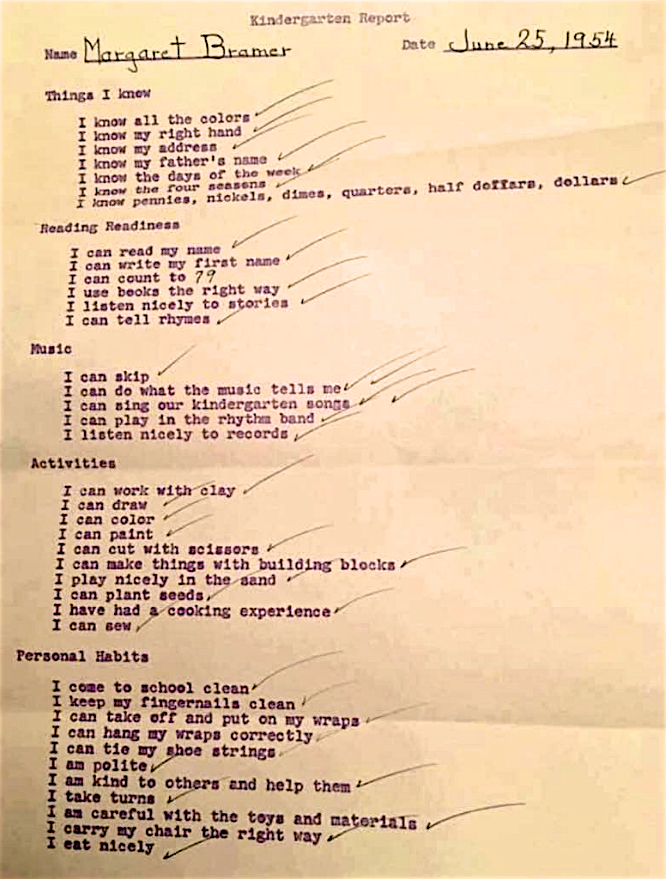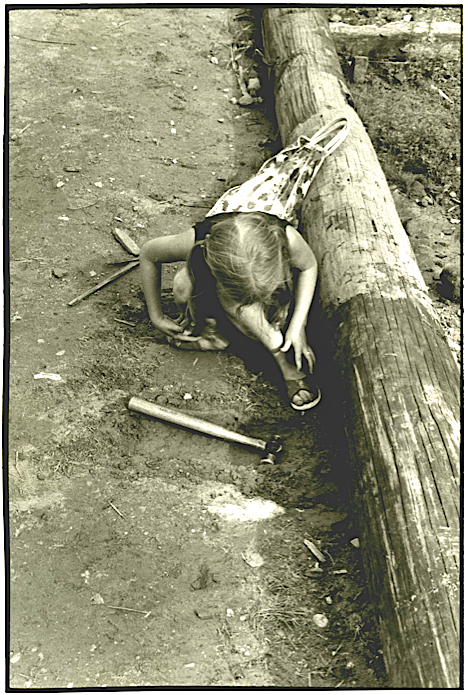Copyright © Diana Mara Henry / http://www.dianamarahenry.com
“Skills are an integrating force. Skills of all types are important,
but those involving the hand are the essential ones.”
“Philosophy of Recreation and Leisure” JB Nash (1953)
Diana Mara Henry is an American veteran photojournalist that began her career in the 1960s. I ran across her work while researching vintage playgrounds and reached out to her so I could get the deeper story behind a certain series of photographs she took in NYC of the Adventure Mountain Playground for the Lenox Hill Neighborhood Association in 1971. I was researching the social psychology of early playgrounds that brought different races, genders, and religions of children together to play and enjoy life and learning through movement. The 1971 images by Diana Mara Henry really captured the essence of an important part of the American playground and social history that needs to be highlighted again. History matters. Look back. Learn. Move forward.
“Probably should have begun long ago to share the stories behind the photographs for which I receive requests, with the often eloquent and fascinating voices of the folks who want to use them. I was so intrigued by Ron Jones’ genius in his field that I asked him to annotate these.”
-Diana Mara Henry, Photojournalist
DMH: “We can see the little girl’s playing with a tool that today would horrify.“
RJ: We have so many children today that can text so fast it makes their thumbs look like NASCAR on steroids, yet they cannot even use a hammer or screwdriver due to poor hand agility. As both a credentialed teacher and movement teacher, I have seen a shocking decrease in hand skills in current children, yet history teaches us that the hands are the gateway to brain learning…what have we done?!!! There are so many brain benefits to learning how to use one’s hands with skillful precision. The task of handwriting, how to use utensils like a knife, fork, spoon, and how to use tools including pocket knives and so much more have been displaced by “smart” technology that I would argue has not made children smarter but more ignorant and definitely more awkward and injury-prone in physical movements. American kindergarten classes used to emphasize an extensive array of hand skills, not “reading” at age five but yes…”hand skills.” Why did they emphasize hand skills over reading skills? Because hands develop brain power which then helps the child learn how to learn better which includes reading. Counting coins, cutting with scissors, drawing, manipulating clay, coloring with crayons, cooking, sewing, gardening, handwriting (not printing), tying shoes, playing with blocks and Legos, digging in the dirt with a spade…all these and more enrich the brain for better learning.

On the playground side, the process of making the playground and exercise equipment has many lessons on problem-solving, manual skills for hand agility, muscular fitness, teamwork, and creativity. In 1975, award-winning landscape architect M. Paul Friedberg wrote “Handcrafted Playgrounds” which included this passage in his introduction that summarizes the benefits of “hands-on” construction of playgrounds: “Anyone can build a playground, and the actual process building it can be as important as the finished product. It gives the builders (who certainly should include the children for whom it is planned) a chance to shape their environment, to create something to answer their specific needs.”
References:
- Diana Mara Henry Photography
- “Adventure Playgrounds: Time for Leisure” Diana Mara Henry Photograph Profile
- “Adventure Playgrounds: Sand Hills” Diana Mara Henry Photograph Profile
- “Adventure Playgrounds: Tire Rope” Diana Mara Henry Photograph Highlight
- Diana Mara Henry Spotlight: “Children at Play Photo Collection”
- “Playground Uses Scrap Materials” (New York Times, OCT 10, 1971)
- “Playadise Lost: Restoring Playgrounds & Building Your Own” (Ron Jones)
–Ron Jones, MS, Historical Kinesiologist, Physical & Health Educator
